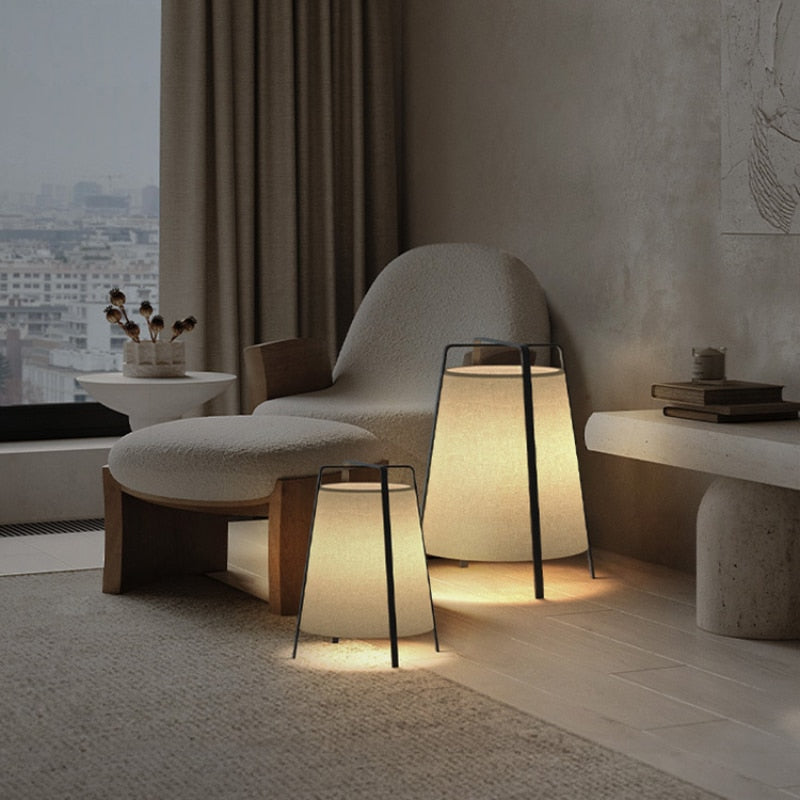The Basic Principles Of Sunmory
The Basic Principles Of Sunmory
Blog Article
Things about Sunmory
Table of ContentsEverything about SunmoryThe Best Guide To SunmoryAn Unbiased View of SunmoryNot known Facts About SunmoryThe Basic Principles Of Sunmory Our Sunmory Statements
As I discussed in an earlier post, A Lesson on Illumination, the direction the bulb encounters is a huge variable exactly how much light the light provides. When the bulb deals with up (uplight) it will offer even more ambient light to the entire space while a light bulb that deals with down (downlight) offers more focused job illumination.Combos I love are brass + brightened nickel and brass + black. I often tend to choose floor lamps in the center of my style process - they typically enhance other components and play a sustaining role.
Ever found yourself gazing at your area, asking yourself whether a table light or a flooring light would finish the look? You're not the only one. We will certainly check out Workdesk Lamp vs. Flooring Lamp in a neck and neck contrast to see which is the better alternative. Let's dive in! Table lamps are compact lighting components made for placement on tables or shelves.
9 Easy Facts About Sunmory Shown
Their major task is to provide light in a specific location. Table lamps improve room design by offering both light and design choices to match your area's look.
(https://zenwriting.net/sunmory11434/dk4b58zigc)With shades that diffuse light softly, table lights can create a cozy, inviting ambience in any space. Floor lights are freestanding lights fixtures created to illuminate or accent an area from the floor up.
With options for uplighting or directional lights, they serve numerous lights requirements. Offered in numerous designs, they can enhance or even define a space's style. Unlike table lights, they don't need extra furniture, saving room and expense. Lots of designs come with flexible heights and angles, making them versatile to any space.
Some Ideas on Sunmory You Should Know
Floor Lamp: Stands on the floor, preserving table room. for its minimal effect on surface room usage. Table Lamp: Does not inhabit flooring area, as it rests on existing furnishings. Flooring Light: Calls for a part of floor room for positioning. for protecting beneficial floor area in a space. Table Lamp: Offers focused, local illumination ideal for reviewing or job job.
for its capacity to brighten bigger areas properly. Table Light: Easily moved and rearranged, supplying versatility in changing lights locations. Floor Lamp: Less mobile as a result of size yet offers flexible elevations and angles in numerous styles. for its exceptional convenience of repositioning. Table Lamp: Available check my reference in countless styles, adding an ornamental touch to tables and racks.
for being more economical usually. Table Lamp: Offers warm, cozy illumination excellent for reviewing or intimate settings. Flooring Lamp: Offers flexible lights choices, including uplighting and downlighting, to suit various needs. for its convenience in lighting options and comfort. Table Lamp and Floor Light: Both can be equally energy-efficient, depending on the kind of light bulbs used (LED, CFL, etc).
Rumored Buzz on Sunmory

You need focused illumination for jobs. You're functioning with minimal floor area. You take pleasure in including ornamental touches to tables. You choose easy-to-move lighting remedies. Discover a large choice of elegant table lights at IKEA Table Lamps. The option in between a floor light and a table lamp depends upon your particular needs.
They're fantastic for ambient illumination or when you require light from above for analysis. Table lamps, on the other hand, are preferable for task lights, such as reading, writing, or dealing with a computer system. They can supply direct light in a details location and include an ornamental touch to tables or workdesks.
Sunmory Fundamentals Explained
Table lamps are made to remain on tables and offer light in one spot, ideal for reviewing or creating. The quantity of electrical power made use of by a light is determined by the electrical power of the light bulb it houses, not the kind of light. Both flooring lights and ceiling lights can be energy-efficient depending on the light bulbs they utilize.
A flooring light, commonly known as a standing lamp, is a high, free standing light fixture developed to base on the floor. Flooring lamps commonly include a base, a post, and a lamp shade, which houses the light bulb. The base maintains the light steady, while the post can come in different designs and finishes, supporting the lampshade and bulb at the top.
Lights used to be made of timber and brass, and now they make use of electric illumination and are necessary for home design. Floor lights transitioned from totally practical to essential decorative pieces in homes. New modern technology and imaginative styles made them preferred in the 1950s, offering various designs for both illumination and looks.
A Biased View of Sunmory
A floor lamp contains four main parts: the base, pole, lampshade, and light source. The base gives stability, avoiding the light from toppling. The pole links the base to the lamp shade and usually consists of adjustable features to transform the light's height or instructions. The lamp shade diffuses and guides the light, affecting the ambiance of a space.

Report this page